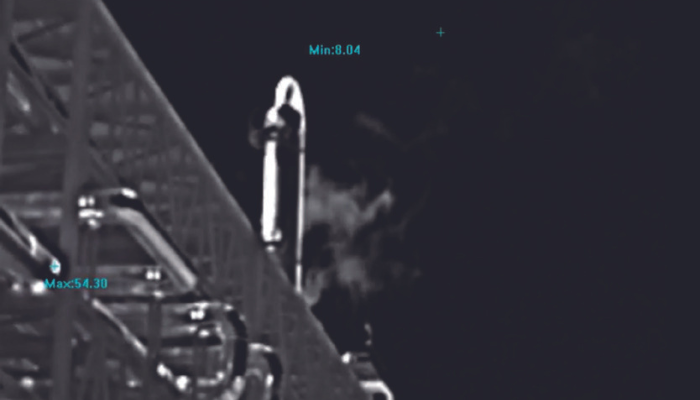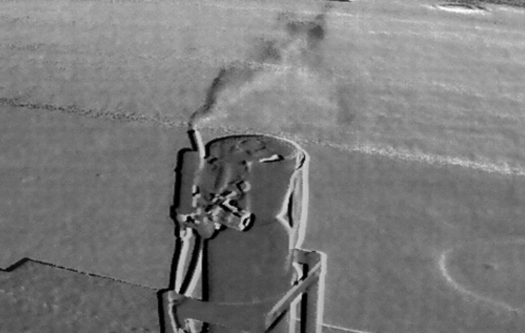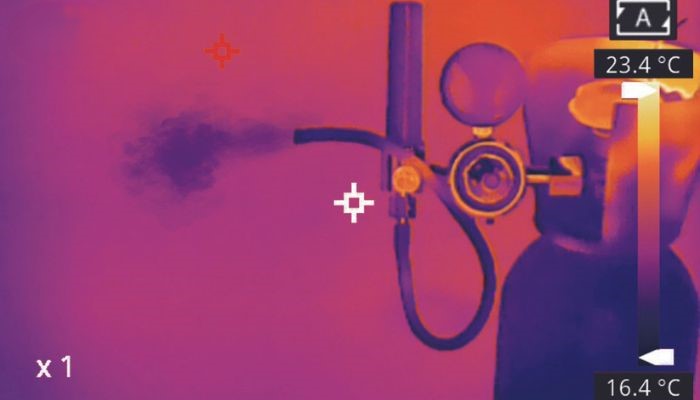Imagine a world where gas leaks are detected before they escalate into catastrophic incidents. This isn't just a dream; it's a reality made possible by the innovative technology of thermal imaging. In this article, we will explore the amazing benefits of using thermal imaging to detect gas leaks, ensuring safety and efficiency in our daily lives.
The Importance of Gas Leak Detection
Gas leaks are a silent but deadly threat. According to the National Fire Protection Association, gas leaks are responsible for numerous fires and explosions each year. Early detection is crucial in preventing these disasters, and thermal imaging technology stands out as a game-changer in this field
Understanding Thermal Imaging
Thermal imaging, also known as thermography, is a non-destructive testing technique that uses infrared radiation to detect temperature differences. This technology allows us to "see" heat signatures, making it an ideal tool for detecting gas leaks that are often invisible to the naked eye.

Benefits of Using Thermal Imaging for Gas Leak Detection
Early Detection: Thermal imaging can detect gas leaks at their earliest stages, often before they become dangerous. This proactive approach saves lives and property.
Safety: Unlike traditional methods that might require physical contact or proximity to the leak, thermal imaging is non-invasive. This reduces the risk of exposure to hazardous gases.
Efficiency: Traditional gas leak detection methods can be time-consuming and labor-intensive. Thermal imaging, on the other hand, offers a quick and efficient way to scan large areas, saving both time and resources.
Cost-Effectiveness: While the initial investment in thermal imaging equipment might be significant, the long-term savings in terms of reduced damage and increased safety make it a worthwhile investment.
Versatility: Thermal imaging cameras can detect various types of gas leaks, including those from natural gas, propane, and butane. This versatility makes it a valuable tool in any safety professional's arsenal.

Technical Aspects of Thermal Imaging Cameras
When choosing a thermal imaging camera for gas leak detection, consider factors such as resolution, sensitivity, and temperature range. High-resolution cameras provide clearer images, while high sensitivity allows for the detection of even small temperature differences.
How to Use Thermal Imaging for Gas Leak Detection
To use thermal imaging for gas leak detection, follow these steps:
Prepare the Area: Ensure the area is safe and free of obstructions.
Set Up the Camera: Position the thermal imaging camera to cover the area of interest.
Scan the Area: Use the camera to scan for heat signatures indicative of gas leaks.
Analyze the Results: Review the images and identify any potential leaks.

Future of Gas Leak Detection with Thermal Imaging
As technology advances, so too does the capability of thermal imaging. Future advancements may include improved sensitivity, better image resolution, and integration with other technologies like drones for remote detection.
Thermal imaging offers a revolutionary approach to gas leak detection. Its benefits in terms of safety, efficiency, and cost-effectiveness make it an indispensable tool in the field of safety and maintenance. By embracing this technology, we can ensure a safer and more secure environment for all.
FAQs
Q: How does thermal imaging detect gas leaks?
A: Thermal imaging detects gas leaks by identifying temperature differences caused by the gas escaping.
Q: Is thermal imaging safe to use?
A: Yes, thermal imaging is non-invasive and does not require physical contact with the gas, making it a safe method of detection.